21 millionchildren’s experiences accounted for in 2 newly published VACS reports
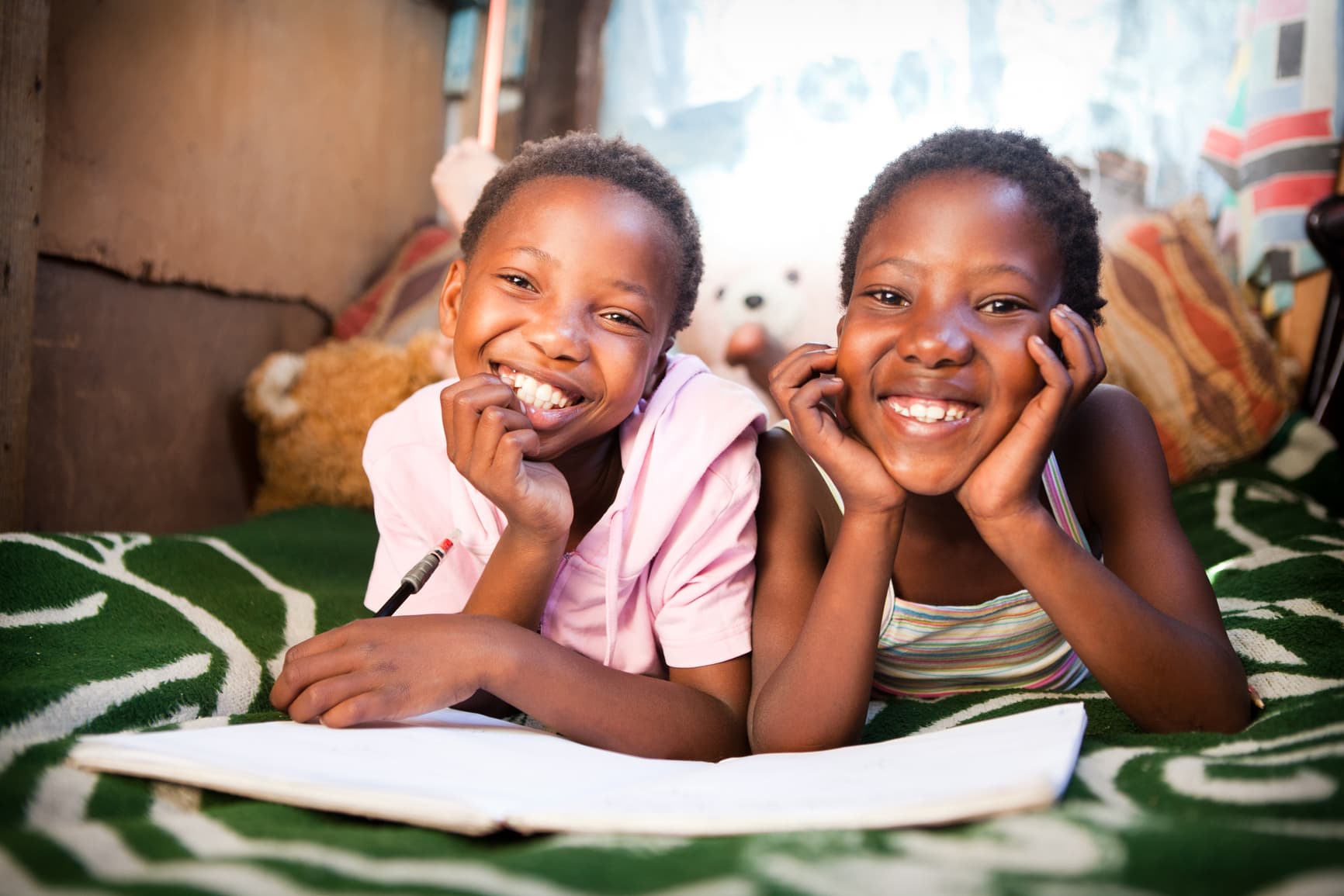
Toward a safer tomorrow
Together for Girls Impact Report
2022-2023
Violence against children is a global crisis that happens in every country.
Childhood violence can have devastating, life-long consequences. But violence is preventable, and change is possible. Our partnerships model drives action to ensure prevention, healing, and justice.

Together, we are creating a world where every child and adolescent is safe, protected, and thriving.
Our Impact on the Violence Against Children and Youth Surveys and associated data to action process:
41% dropof girls in Eswatini who experienced sexual violence between 1st and 2nd VACS
2 VACSin humanitarian contexts underway in Uganda and Ethiopia
9 countriesin Africa committed to using VACS data to drive national action for child wellbeing
6 VACS fellowsfrom Kenya, Colombia, Côte d’Ivoire and Namibia with increased capacity to do research on violence against children
5 nationalData-to-Action workshops conducted with government leadership, bringing together sectors to address violence
50% dropin young women in Kenya experiencing childhood sexual violence, according to new VACS comparison study
The Violence Against Children and Youth Surveys (VACS) are the largest source of data on violence against children in the world. Over the last decade the impact of the VACS has been transformational.
We're stronger together. Our impact in survivor-centered advocacy and sharing solutions:
1 survivor-centeredmovement launched, including 15 survivor advocates leading the Brave Movement
1 reportissued on abolishing statutes of limitations across Europe
14 Bravecatalytic grants extended to grassroots survivor organizations across the world
1st-everleaders joint commitment declared by all G7 countries to protect children from abuse
1 Safe Futures Hubpartnership created, dedicated to amplifying global solutions to end violence
1 U.S.National Action Plan on gender-based violence released with a focus on children and youth
Together for Girls highlights 2022-2023
01Foreword

Message from the Founder and CEO
Since 2009, Together for Girls has been a global pioneer to create a safer world for children and adolescents.
We know violence is preventable and change is possible, because we've seen it in action over the past 14 years. Our partnership was founded on guiding principles that have proven the power of partnership and driven real change in the lives of children and young people around the globe.
We areSurvivor-centered:
In 2022, with other partners, we launched the Brave Movement - the first of its kind global survivor-centered advocacy movement to end sexual violence against children. With an advisory group of 15 powerful survivor advocates from around the world, and many more survivors and allies, we're already making waves on some of the biggest stages around the world.
We areEvidence-based:
To date, our partnership has interviewed more than 111,000 adolescents and young people through the VACS, amassing data that is representative of 33% of the world's youth (under 24) living in lower-income countries, where data is often severely lacking. We also work to expand the definition of “evidence” by incorporating practice-based knowledge and lived experience into solutions to end sexual violence against children, as seen in our new initiative, the Safe Futures Hub.
We areRadically collaborative:
We unite different actors and disciplines that often do not work together to address a multi-faceted problem. We support national leaders to work across sectors and engage with civil society and other local stakeholders to create change on a regional and global level.
“We know Together for Girls can continue to create real change and build a safe future where every child and adolescent is safe, protected, and thriving. Our work is fueled by hope because we know violence is preventable and change is possible. I am a researcher, a psychologist, and a survivor of childhood sexual violence. I've been sharing my experience publicly for more than a decade to help drive change. We know what works. Now, it is on us to bring it to scale.”

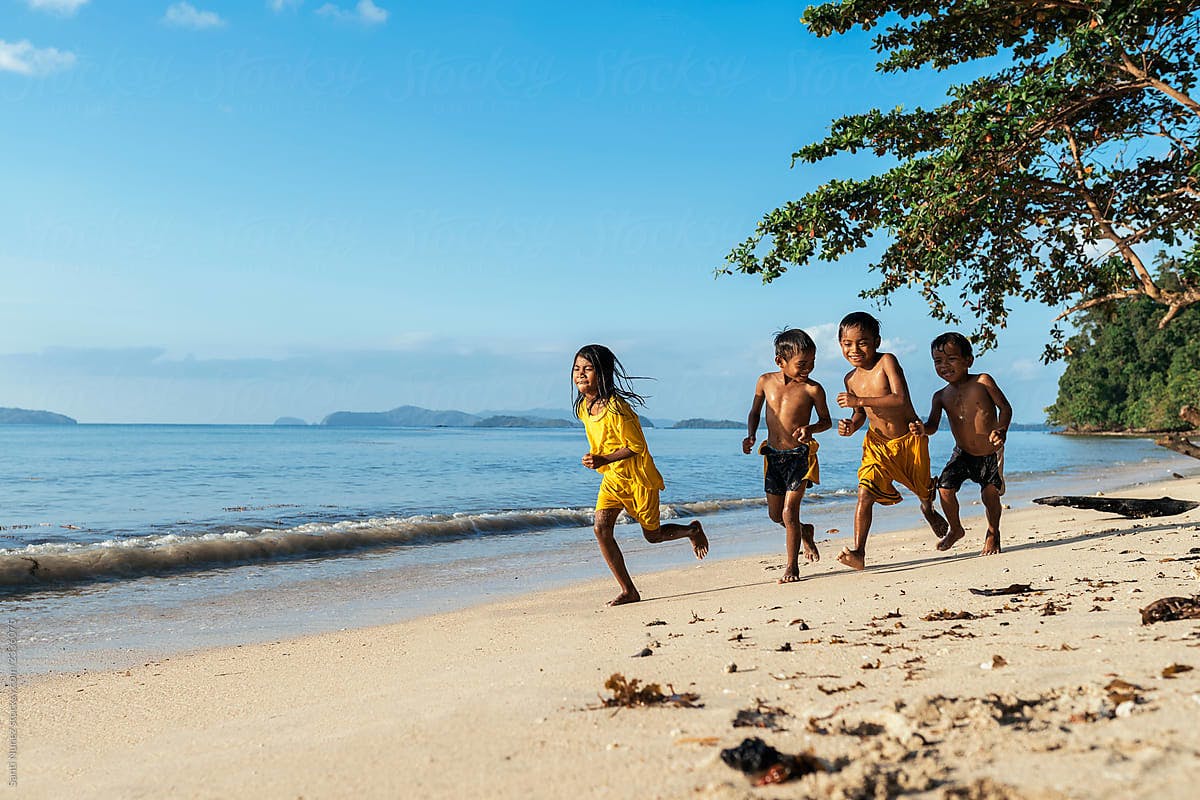
02A decade of data to action

The Violence Against Children and Youth Surveys (VACS) are the largest source of data on violence against children, adolescents, and youth in the world.
Over the last 10 years, they have amassed data on 33% of the world's youth under 24 living in lower-income countries, where any data is often severely lacking, leading to a coordinated, multi-sectoral response to the issue.

More than 111,000 young people, aged 13-24, around the world have been interviewed directly about their experience with sexual violence and connected with services and support.
The VACS are led by national governments, with technical assistance from the Centers for Disease Control and Prevention (CDC), as part of the Together for Girls (TfG) partnership. The VACS are supported by multiple partners on the ground, including UNICEF, and are often funded by the U.S. President's Emergency Plan for AIDS Relief (PEPFAR).
Through our model of data and advocacy, we drive action on violence prevention, healing, and justice.



Eswatini
In 2007, Eswatini was the very first country to undertake the groundbreaking Violence Against Children and Youth Survey (VACS).
This unprecedented survey was the first of its kind, globally, to collect national level data on sexual, physical, and emotional violence against girls and young adult females between the ages of 13 and 24.
In 2022, data collection was completed for Eswatini's second VACS, this time including the experiences of both boys and girls. Eswatini is currently working on its national action plan to guide the implementation of its responses to the 2023 VACS data.
In the 15 intervening years between Eswatini's two VACS:
There have been notable reductions in all forms of violence against girls and young women in Eswatini.
There were declines in lifetime sexual violence, including unwanted sexual touching, unwanted attempted sex, pressured sex, and physically forced sex.
Physical violence and emotional violence have also declined among girls and young women.
What does the data show us?
“This second Eswatini VACS shows remarkable progress, with a significant reduction of violence against children and youth. Eswatini used data from their first survey to inform a series of targeted and context-specific interventions. Of course there is much more to do, but the results from Eswatini prove that when we use data to drive cross-sectoral actions and to measure their impacts, change is possible.”


Mozambique
In 2019 the Government of Mozambique conducted VACS data collection, the first survey of this type in the country, with funding from PEPFAR and technical assistance from CDC and UNICEF.
Ahead of the VACS report launch in 2022, Mozambique held its Data to Action workshop - the largest to date - and included translating outcomes for high-level representatives including ministry leadership. Recommendations from the workshop focused on addressing physical and sexual violence, social norms change, and targeting interventions focused on education, life skills, economic and income support, and parenting.
Mozambique is currently working on its national action plan to guide the implementation of these recommendations.

Key insights of Mozambique VACS 2019
Mozambique conducted the first VACS in a Portuguese-speaking country.
Mozambique VACS data uncovered the role and connection violence plays in the HIV epidemic in Mozambique.
The results of VACS have potential to inform HIV epidemic control efforts as well as strategies for violence prevention and child protection.
What does the data show us?

Implementing the VACS in humanitarian settings
Half of the refugees around the world are under 18. While children and adolescents are the most affected in humanitarian emergencies, there is little data on their experiences of violence in these contexts.
The first-ever Humanitarian Violence Against Children and Youth Survey in Uganda and Ethiopia is led by Population Council's Baobab Research Programme Consortium, with support from UNHCR, CDC and Together for Girls and in partnership with the Uganda Office of the Prime Minister Department of Refugees.
In Uganda, the Humanitarian VACS process was carried out from 2022-2023 with funding from the U.K.’s Foreign, Commonwealth & Development Office (FCDO), and Global Affairs Canada. The report will be launched in 2024.


Focusing on young people in Guatemala
The Guatemalan Youth Survey (GYS) is the country’s largest study to measure violence against children and youth, and assess the relationship of violence and risk factors and outcomes.
The GYS was conducted in 2019 and the report launched in November 2023. It provides additional information on historically socio-economically disadvantaged areas. Unlike the VACS, the GYS is a convenience sample survey and the data is not nationally representative.
The GYS was led by the Government of Guatemala, and the Ministry of Public Health and Social Assistance. It was supported by the International Organization on Migration (OIM), the Universidad del Valle de Guatemala, USAID Central America Regional Security Initiative, and USAID Guatemala.

Key facts about GYS 2019:
Due to the large sample size, data yields important information about the experiences of adolescents and young adults to inform country priorities.
The core VACS questionnaire was adapted to the country context.
The survey was conducted in Spanish and four Mayan languages.
CDC was engaged during the survey planning and protocol development phases.

Empowering the next generation of researchers
Using VACS data to build research excellence and influence policymakers
Civil servants from multiple government ministries, universities and NGO leaders from a wide range of countries from across Africa, South and Central America and the Caribbean participated in VACS trainings and have increased capacity on research and interventions related to violence against children. In addition,Together for Girls and the London School of Hygiene and Tropical Medicine co-created a course to support early career researchers from countries that have completed a VACS to conduct new research utilising the survey data. This initiative was supported by Beckton Dickinson.
Six participants from Kenya, Colombia, Côte d’Ivoire and Namibia participated in 12-session course that included lectures, practicals, 1:1 mentorship sessions, panel discussions and a final presentation from participants at a global webinar.
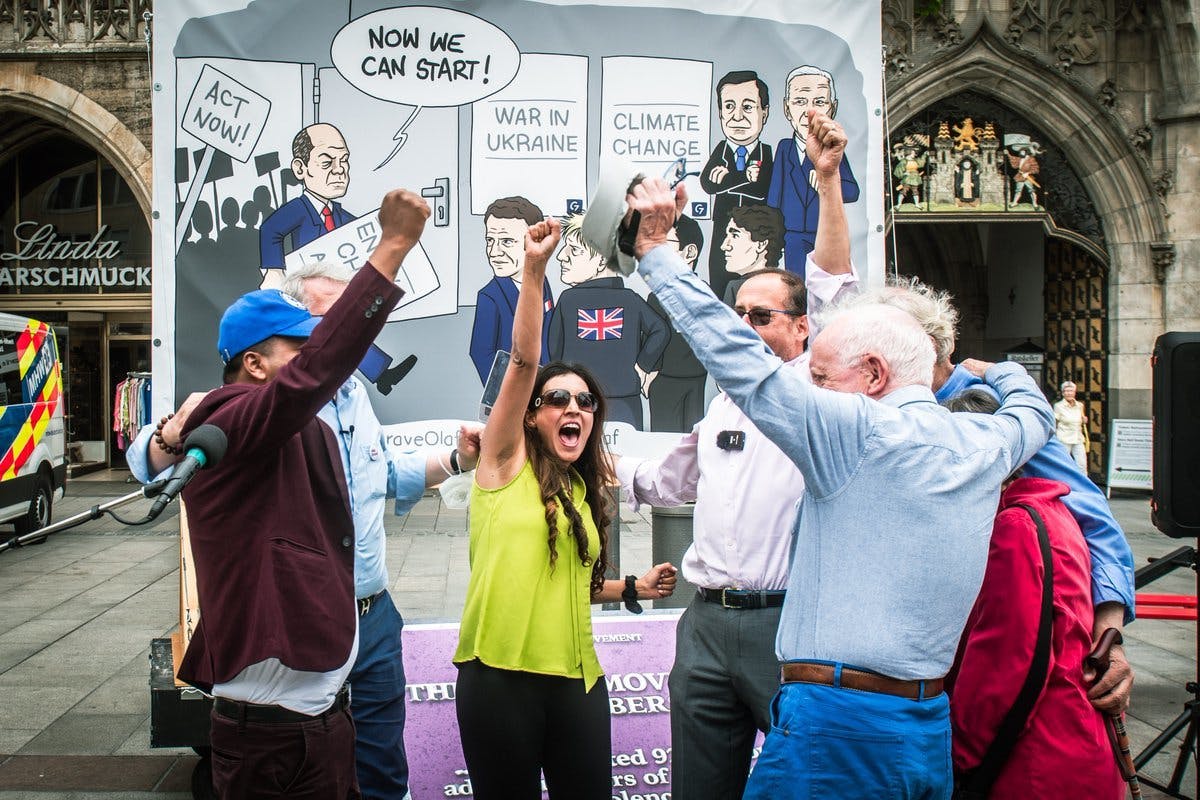
03Survivors demanding a safer world

It started with an ambitious question: What would it take to create a movement of survivors and allies to end childhood sexual violence?
Inspired by the global reach of movements like #MeToo, and emboldened by powerful conversations with individuals with lived experience – public or not – Together for Girls worked with partners to launch the Brave Movement in 2022. Brave seeks to elevate survivor voices and support international, coordinated action to end all forms of sexual violence against children and adolescents.
With an unprecedented four-year investment from Oak Foundation, one of the largest such awards for survivor-centered advocacy and campaigns, the Brave Movement is shifting societal norms and eradicating survivor stigma through a framework of prevention, healing, and justice.
Led by a diverse group of survivor leaders from around the world, who are all co-founders of the Brave Movement, the SAGE (Survivor Advocates Globally Empowered) is at the heart of the brave movement.


Campaigning highlights
G7 Leaders commit to increasing efforts to combat child sexual exploitation and abuse - online and offline: The single largest policy win for Brave was getting the G7, in 2022, and for the first time in history, to prioritize the issue of child sexual abuse and exploitation in the leader’s communique.
Advocating for an end to the statutes of limitations: Brave published two reports together with Child Global in 2023 on ending the statute of limitations across Europe. The most recent, "Justice Unleashed: Ending Limitations, Protecting Children", was published in July 2023 and received widespread media coverage.
Campaigning for a Safer Internet: is the global campaign priority for 2023-24, addressing the rapid, borderless threat of online sexual exploitation and abuse of children. The #BeBraveEU campaign to make the internet safe for kids and end child sexual abuse in the EU has gathered over 350,000 signatures. Also, Brave advocates have worked through coalitions and partnerships to meet with U.S. lawmakers and share public calls for tech leaders for stronger commitments.
Shattering the silence of childhood sexual violence: A series of widely-shared opinion pieces in Al Jazeera
Featuring the Brave Movement’s survivor leader advisory team, these articles are drawing attention to survivor leadership and expertise, and are building awareness of the Movement’s global activism around key priority campaign areas.
“I have found profound healing and acceptance among this global community of brave and strong survivors. We are making waves at the highest level to make sure children grow up safe and free, and that is validating and empowering... But we need allies. If we want to go far, it will take collective, global action at scale.”
We are Brave.
A survivor-centered global movement working to end childhood sexual violence.
Sexual violence against children and adolescents is the silent scourge of our time. It threatens the safety and protection of children and adolescents everywhere–in homes, communities, schools, places of worship, sport, conflict areas, and online. We demand bold and transformative action from global leaders with campaigns across prevention, healing, and justice.

04Data & evidence to drive action
Data which exposes the extent of violence against children, paired with advocacy, can catalyze programs, policies, and interventions that make a tangible difference in the lives of children.
Four continents. 20 countries. 225 stakeholders. In 2022, an independent evaluation synthesized more than a decade of country experiences transforming VACS results into concrete improvements for young people and for preventing gender-based violence.
As a result of the VACS:
13 countries added/amended child safety laws
10 countries banned corporal punishment
9 countries banned child marriage
5 countries included VACS indicators in national statistics
5 countries launched new initiatives addressing the safety of girls

Recommendations to continue this transformational change include:
More funding, political will, and increased coordination across sectors.
Strengthen capacity in a range of technical and operational areas
Increased involvement of civil society, including survivor-led and centered organizations
Greater advocacy with governments and donors for VACS in more countries and more sustained post-VACS follow-up
All the recommendations have helped shape an updated Together for Girls strategy.
The results were unequivocal: Every country that conducted a VACS has used the survey results to inform policies and programs to improve the lives of children and youth.
Celebrating a decade of change in Kenya
In Kenya, the Government used data from the 2010 Violence Against Children and Youth Survey to guide the creation of a National Action Plan aimed at preventing violence and improving response.
Between the first and second Kenyan VACS, the prevalence of any childhood sexual violence experienced by 18-24 year old girls was reduced by 50%, and 66% for boys.
What does the data show us?

How did Kenya achieve a 50% reduction in the prevalence rates of violence?
A landmark, qualitative study on violence against children was conducted to examine the shifts in children’s experiences of violence in Kenya from 2010 to 2019.
Supported by Wellspring Philanthropic Fund, and led by the Kenyan organization, LVCT Health, the qualitative study explored violence against children policies and guidelines established during this period. It also reviewed the strategies and interventions employed to reinforce violence prevention and response services.

Factors that led to the decline of violence against children between 2010 and 2019:
Strengthened legal and policy frameworks
Strengthened workforce to deliver coordinated, collaborative services
Increased funding for services
Increased community awareness
Children's increased knowledge of their rights and participation in violence against children matters
Increased school enrollment and retention, and safe school environments
Strengthened household economic resources
Increased and improved response services
Strengthened data collection and reporting system
Availability of kenya-specific and county-level data

Health ministers across Africa commit to using VACS data
In February 2023, at the 71st East, Central, and Southern Africa Health Community (ECSA-HC) Health Ministers Conference in Lesotho, government leaders enacted ECSA/HMC71/R3, a resolution that acknowledges the prevalence of violence against children in the region and commits to using data to drive action against it. The resolution places specific emphasis on using Violence Against Children and Youth Survey (VACS) data to inform action.
Three countries in the ECSA region - Kenya, Eswatini, and Zimbabwe - have conducted repeat VACS. Botswana, Kenya, Malawi, Uganda, Zambia, and Zimbabwe all added or amended existing child safety laws or regulations in response to VACS data and post-VACS efforts.
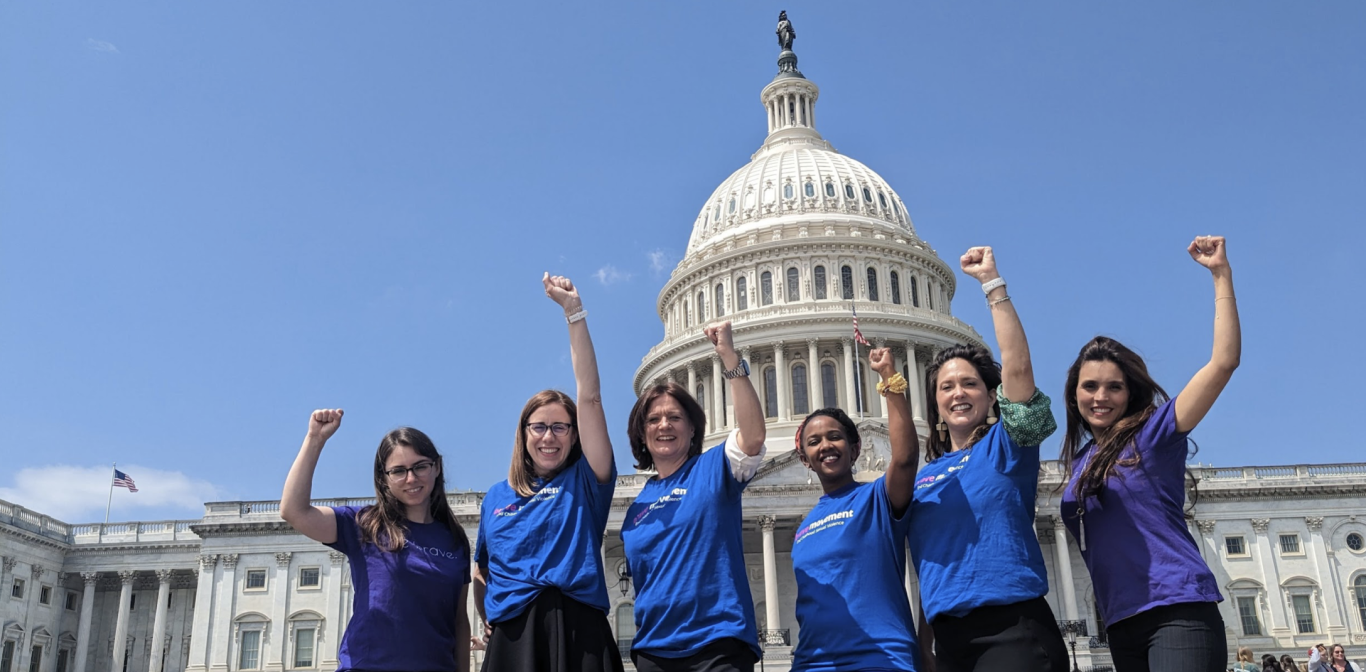
05Shaping global & national policy agendas

Advocating for safe and equitable schools
An estimated 246 million girls and boys experience violence in and around schools every year. But it doesn't have to be this way.
While schools can be a site of violence, we know that they can also play a powerful role in catalyzing broader social change to break cycles of violence. Despite knowing the huge scale and wide-reaching impacts of school-related gender-based violence (SRGBV) not enough is being done politically and at the education policy level to end violence in and through schools.
Our secondary analyses of VACS contain a wealth of information about violence that happens in school and on the way to school, making VACS one of the most important data sources globally on SRGBV.
“I was born at a time when Sierra Leone was already bleeding, when men were socialized to think that women's bodies were a battlefield. A time when children picked up arms and learned to fend for themselves. I grew up in this era of war. I hoped school would save me and help me forget about what was going on around me but I realized early on that school was also not a safe place for me.”

Survivor-centered advocacy in the United States
Through Keep Kids Safe, the US-based platform of the Brave Movement, we are co-creating a survivor-centered movement aimed at ensuring a comprehensive national response to ending sexual violence against children and adolescents in the United States.
In the US, about 1 in 4 girls and 1 in 13 boys experience child sexual abuse before their 18th birthday. More than 42 million American survivors of child sexual abuse and child sexual violence, deserve and demand prevention, healing, justice and action.
“Survivors have lived through the abuse. We have a unique perspective on the solutions. No one wants to prevent future abuse more than someone who lived through it. No one wants other survivors to heal more than those who know the effort required to heal. And no one wants to see justice served more than someone who watched justice pass them by.”
In November 2021, Keep Kids Safe released the US National Blueprint to End Sexual Violence Against Children and Adolescents, a roadmap that outlines steps the United States federal government can take to prevent sexual violence against children and adolescents, and ensure that those who experience sexual violence have access to healing and justice.
In May 2023 the US Government published its first ever National Action Plan on gender-based violence, heavily focused on children and adolescents as a direct result of Keep Kids Safe advocacy.
Keep Kids Safe members have led the effort to protect Victims of Crime Act funding, provided testimony at a Congressional hearing on the efficacy of the SafeSport, joined the Boy Scouts of America Youth Protection Committee, engaged in state-level statute of limitations reform, and raised awareness through the Walk Together to End Child Abuse and Neglect.
Galvanizing political will for global investment to end child sexual abuse
In September 2023, we collaborated with FP Analytics on the first of its kind study which reports that globally, financing for the prevention of child sexual abuse is woefully inadequate and lacks transparency.
On the backdrop to the 78th session of the UN General Assembly, this joint political push with World Vision and the Oak Foundation calls on decision makers to realize both the economic and moral imperatives for greater transparent funding.
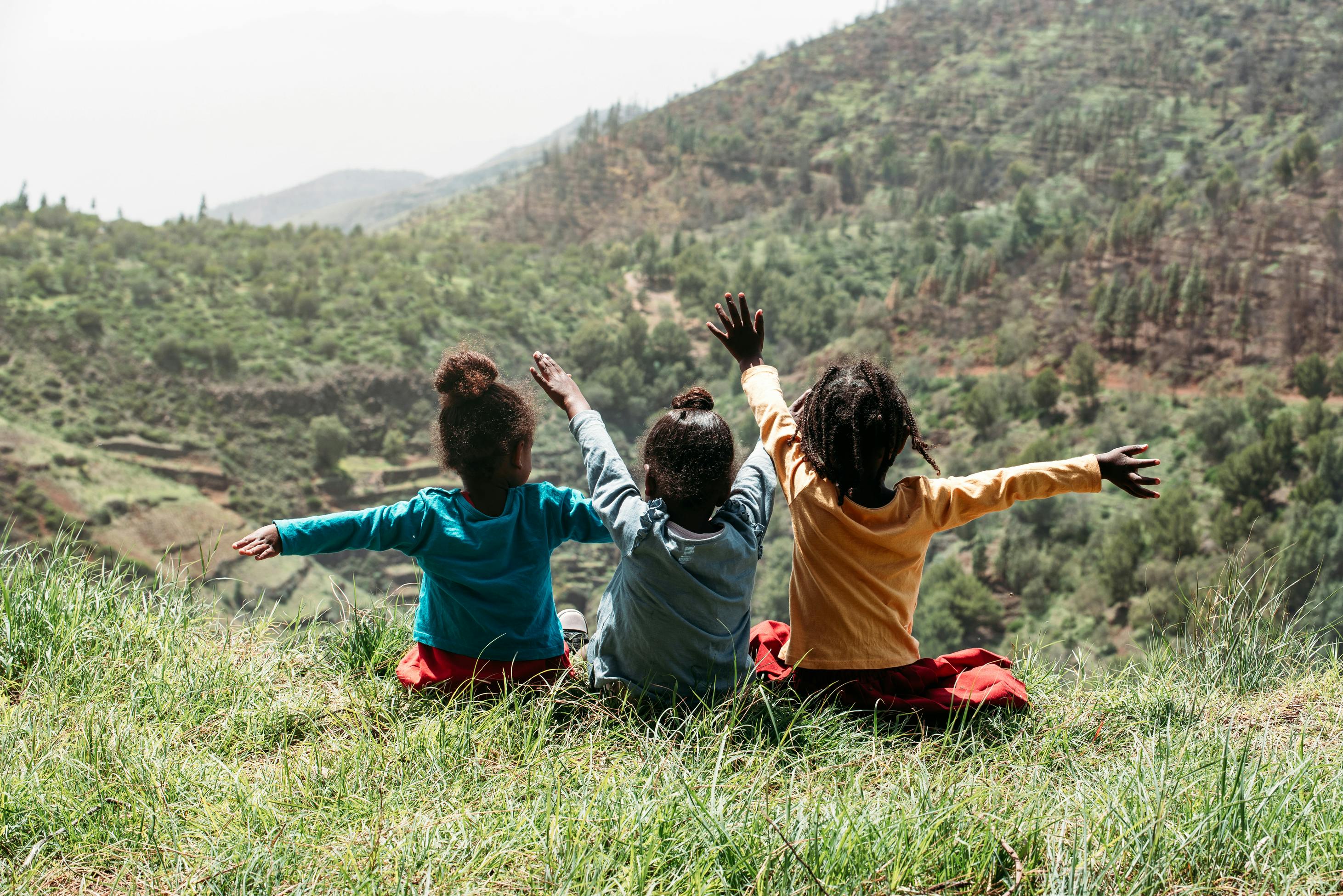
06Championing solutions to end violence against children
Launching in 2024, the Safe Futures Hub: Solutions to end childhood sexual violence is an open platform to share evidence-based solutions to end childhood sexual violence, including practice-based knowledge.
With support from Oak Foundation, the Safe Futures Hub will serve as a resource for evidence-based solutions, sharing of best practices, and learning for all of us working around the world to create a safer future for children, including advocates, strategists, policymakers, frontline workers, and youth voices.
As a global problem, childhood sexual violence requires a global solution. The Safe Futures Hub has immense power to unite diverse stakeholders in a collaborative effort to share evidence that can help prevent and eradicate this issue.
On the backdrop of 78th session of the UN General Assembly, Together for Girls, WeProtect Global Alliance and the Sexual Violence Research Initiative announced this new partnership at the Clinton Global Initiative, which brings together global partners dedicated to solving the world’s most pressing challenges.
Guiding principles:
Safe Futures is designed to meaningfully include underrepresented perspectives often excluded in the past, including those from lower-income countries with live experiences
We recognize the profound impact of leveraging multiple forms of knowledge, including firsthand experiences from the field, lived experience, academic research and administrative data
We work in partnership, understanding the urgent need for more collaboration, innovation, and diversity in order to combat this complex and horrific issue.
This dynamic fusion of different forms of knowledge serves as the catalyst for generating new insights, fostering discussions, and igniting actionable solutions.
“It's crucial to recognize that childhood sexual violence is a preventable public health challenge, and we are resolute in our efforts to address it. Through the Safe Futures Hub, we wield immense power to foster collaboration, innovation, and meaningful change by tapping into the collective insights of communities and stakeholders across the globe.”
The evidence is clear: there is strength in numbers.
Together, we can break the cycle of violence.
Partners
Together for Girls partners include survivor activists, civil society, national governments, United Nations entities, and the world's foremost leaders in global health, gender equity, development, and violence prevention and response.
Management analysis and financial overview
The Together for Girls partnership has made incredible progress in the past two years. This progress is made possible by our donors, partners and supporters. We thank all of you for enabling us to continue this work to end violence against children.
Leadership and donors 2021 - 2023
Together for Girls, Inc. donors 2021-2023
Children’s Investment Fund Foundation
Gary Cohen, TfG Founder and Board Chair
Government of Canada
Oak Foundation
Swiss Philanthropy Foundation
Tides Foundation
U.S. Government
Wellspring Philanthropic Fund
Together for Girls Board of Directors
Gary Cohen, Founder and Board Chair
Brandi Robinson, Secretary
Carolina Lopez, Treasurer
Chernor Bah
Chi-Chi Undie
Daniela Ligiero (ex officio)
Francis Barchi
Michele Moloney-Kitts, Vice Chair
Nicolette Naylor
Together for Girls Leadership Council organizations
U.S. Centers for Disease Control and Prevention
USAID
U.S. Department of State’s Office of the Global AIDS Coordinator
Global Affairs Canada
UNAIDS
UNICEF
UNFPA
UN WOMEN
Special Representative of the UN Secretary-General on Violence against Children
WHO
PAHO/WHO
Brave SAGE (Survivor Advocates Globally Empowered) Members

Brisa de Angulo

Daniela Ligiero

ElsaMarie D’Silva

Florence Keya

Janet Aguti

Miguel Hurtado

Bob Shilling

Mie Kohiyama

Rosalia Rivera

S. Caroline Taylor AM

Suresh Chhetry

Rhiannon-Faye McDonald
Brave Global Steering Group
The Army of Survivors
Girls Not Brides
Together for Girls
WeProtect Global Alliance
World Vision International
SAGE representatives
We can help keep children and adolescents safe by working in a multi-sector, coordinated response - with partners and supporters like you.
Violence is preventable, change is possible.




























